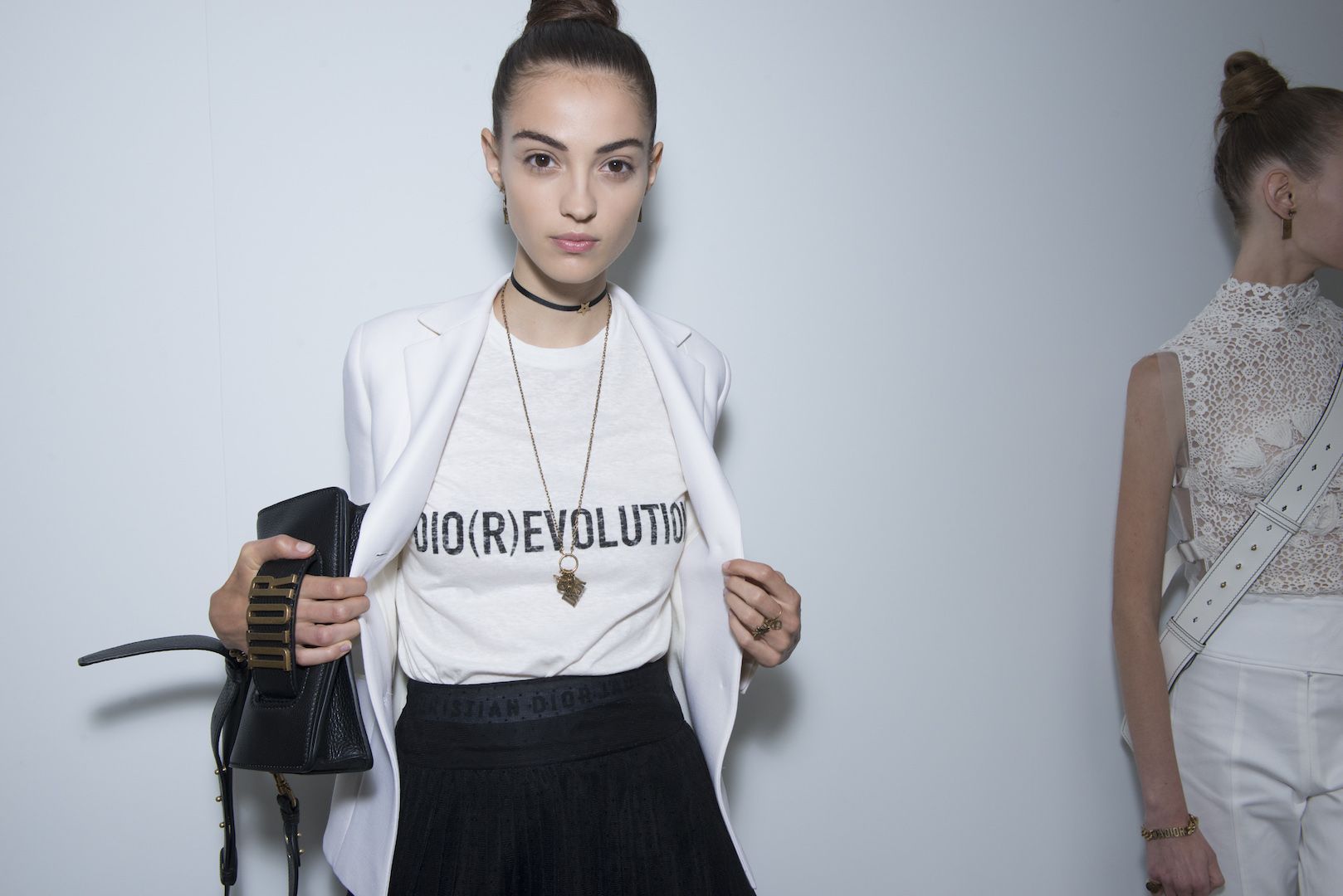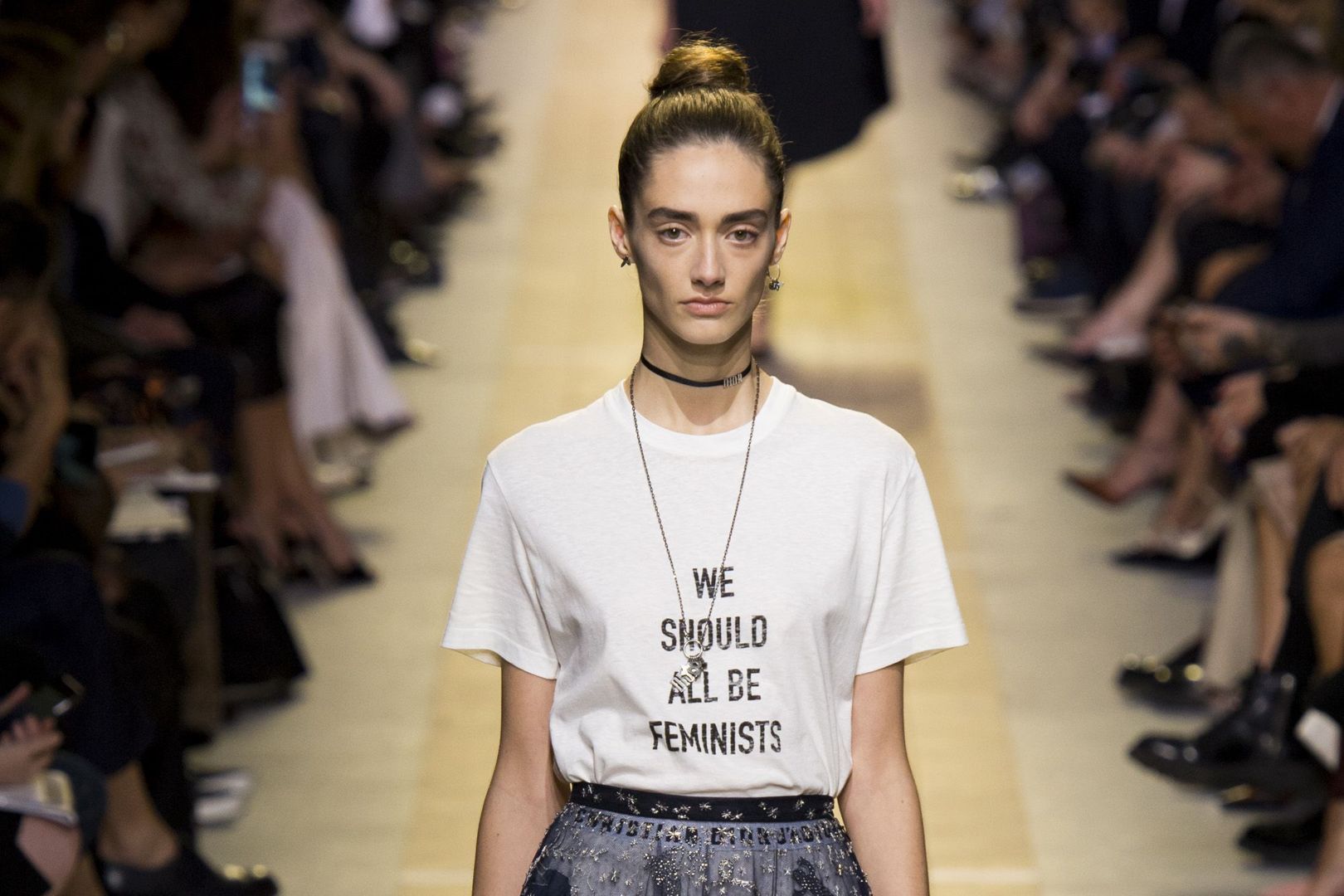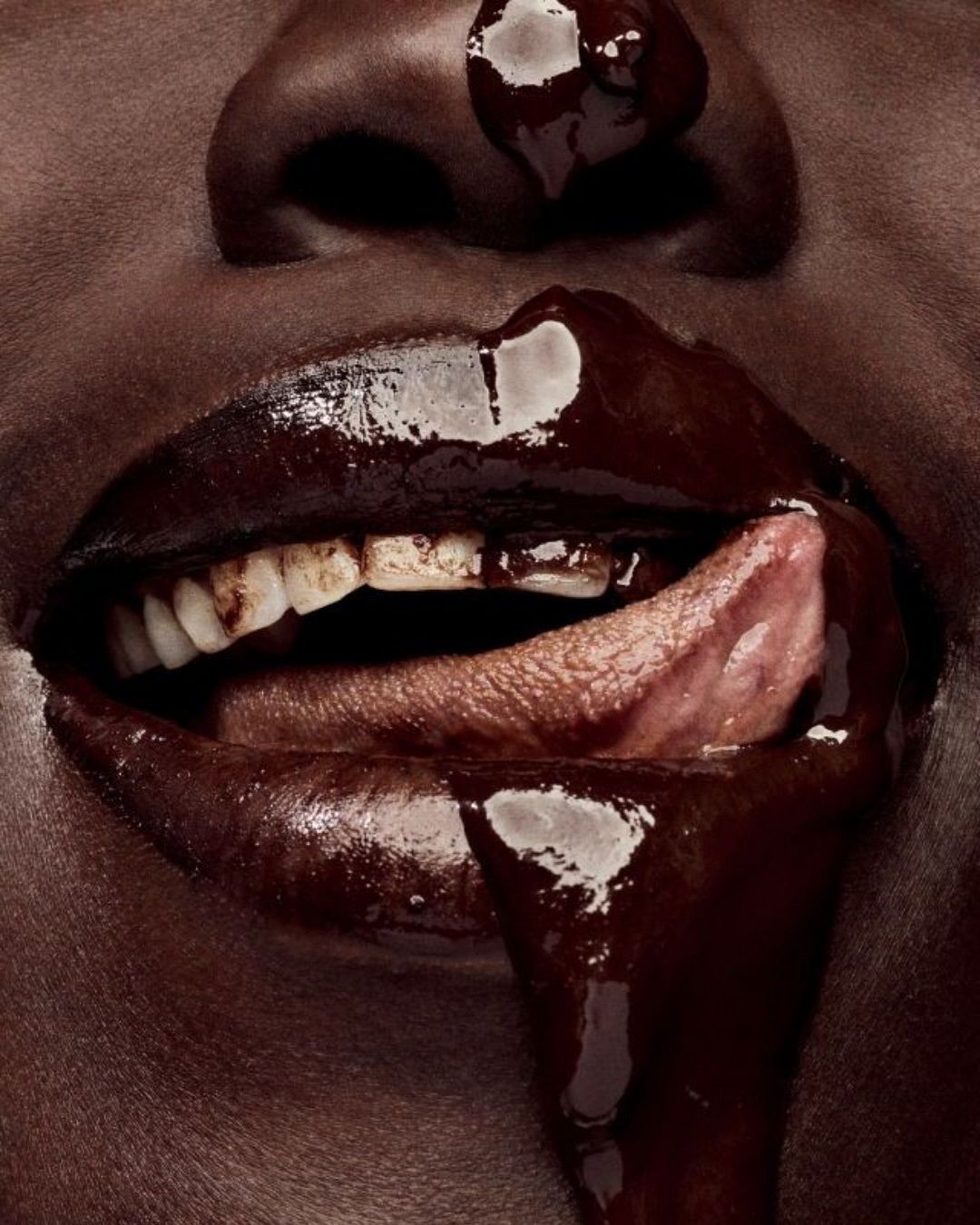
Are female designers still a minority in Italian fashion? We have asked directly to them and here's what we found out
Fashion is for girls. Dreamy dresses, groundbreaking miniskirts, It bags, and trends have always been considered as basic elements of the kit for the perfect woman. The timeless combination "woman = shopping" is one of the few certainties of life that still resists, like the happy ending of the Disney's movie. But maybe it's not quite true. In a period in history in which the woman is (still!) at the center of debates and fights for the affirmation of her person, freedom, and emancipation, but also for the protection of her body and sacrosanct rights, the number of female designers is still in the minority in the fashion system. This has a bitter humor, considering that the majority of consumers to which luxury clothing aims are women.
In a period in history in which the woman is (still!) at the center of debates and fights for the affirmation of her person, freedom, and emancipation, but also for the protection of her body and sacrosanct rights, the number of female designers is still in the minority in the fashion system.
The gender equality on the catwalks, the feminism-themed fashion shows of well-known brands and prestigious Maisons who entrust to talented female designers for their creative direction maybe it's not enough to make the revolution real as we women hoped. Not even the acclaimed Maria Grazia Chiuri's t-shirt for Dior who claims "We Should All Be Feminist", made the dream of an equal fashion concrete.
Business of Fashion has shed light on this gender imbalance in fashion by launching a survey of the shows of the most important fashion capitals, namely New York, London, Milan, and Paris, for the SS17 season. The magazine reported that of the 371 designers helming the 313 brands surveyed, only 40.2% are female. In addition, this imbalance is not the same across the four different cities of the fashion weeks: in fact, the survey shows how New Yor and London, who give more visibility to the emerging designers, have the highest proportion of female, 47.3% and, 40.5% respectively. And in Italy? According to BOF, Milan has the schedule with the lower proportion of female designers (31%), while Paris is in the second place with the 37%. Just look at the shows of the last Milan Fashion Week FW17 to note how real is that number, with 68 brands of which 23 led by a woman.
To analyze this phenomenon, we contacted who works daily within the fashion industry to understand what it means to be an Italian female designer today.
"I think that the presence of women on key roles of some of the most important realities of fashion is not marginal. […] The Italian fashion scene is full of brilliant women who had the possibility to express themselves",
words of Daniela Fiorilli, based-in-Florence designer and founder of the brand Guen, one of the guests of the last edition of Fashion Hub Market during Milan Fashion Week. After having recall the work of great women who did and still do the history of Italian and world fashion (like Miuccia Prada and Consuelo Castiglioni) and some other new names who are conquering the attentions and admirations of the media, like Vivetta and Marianna Rosati (DROMe), Daniela starts to speak about her personal experience: "I've always met respect and I never thought that if I were a man I would have received a different treatment".
When I ask if has she ever felt fashion as "hostile" towards women, she answers decisively:
"During my personal experience I can't say that fashion is hostile against women. In the offices where design projects are developed, women are in large-scale and they play key roles".
Of the same opinion is Licia Florio, creative mind of the L'F Shoes brand and dynamic designer with various projects. "I don't feel Italian fashion as hostile against female designers, I've never felt excluded as a woman, actually I've always made this as a strength point for me", she says reflecting on the role of women in Italian fashion. Her opinion gets more severe thinking about the stupidity and the ignorance to judge persons, even in this sector:
"I saw and still see, in this system, actions who support a person, over another, often not for gender fact, but for political reasons and more".
Even the designer Marianna Cimini, who participated at the last edition of AltaRoma, shares the same idea of her colleagues: "I don't think that Italian fashion is hostile against female designers or women; there are a lot of women who play key roles, but the fact is not a news and when media talk about it the poor designer of the moment is examined deeply". And when I ask her what about her personal experience in this work universe, she answers:
"During my ten-year experience the hardest conflicts, the most crushing disappointments, and the greatest lessons have been given by amazing women".
Slightly different is instead the experience of the founder of Coliac Martina Grasselli that, speaking of her first work experience in the sector, precise how a male presence facilitates transactions and contacts at "certain organizational levels", resulting in more "reassuring" respect to a female figure.
"When I decided to found Coliac I did three times the effort to impose myself and prove that I was worth and still smile with pride to people who during their studies told me that I only had the door of this man bags designer."
Adding also an important and extremely current consideration:
"(...) It is not, however, an issue to "sectoral" level of our environment, as much as an extra-wide social discourse that should be addressed on coming to speak also of the man / woman relationship. For the rest I have not received hostility, I consider myself very lucky... I would call it more mistrust."
So, even if the numbers from the BOF's survey are concrete, from Daniela Fiorilli, Licia Florio, Marianna Cimini and Martina Grasselli's words we can come to a happy conclusion: women are and will always be a very strong for fashion. It doesn't matter the quantity, but the quality of female designers, Italian or international. It's not a coincidence if the major part of the revolutions in fashion have been launched women and it's not surprising if many female designers, even in Italy, are still conquering the international media and the large audience. Furthermore, the statistic surveys maybe underestimate an important data, namely the increasing number of different fresh name in the clothing scene and the fact that these are women is not a coincidence. The future of the Italian fashion maybe lies in women, who in the latest seasons have gained ever more success and visibility, as the most acclaimed case of the designer Maria Grazia Chiuri at Dior proves. So, statistics play against women, but what is certain is that the numeric lack is filled with the great talent of these designers.
Even if in minority, women in the Italian fashion game do know how to stand up and be appreciated.

























































